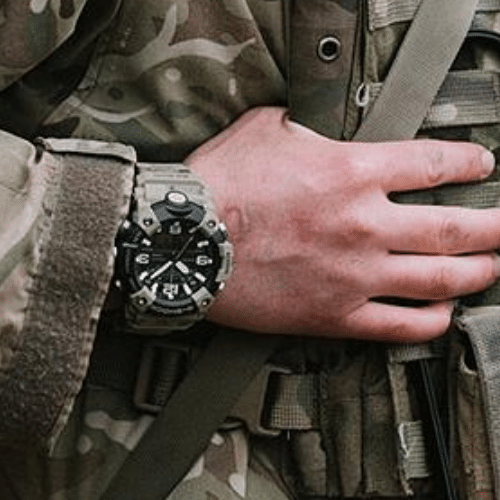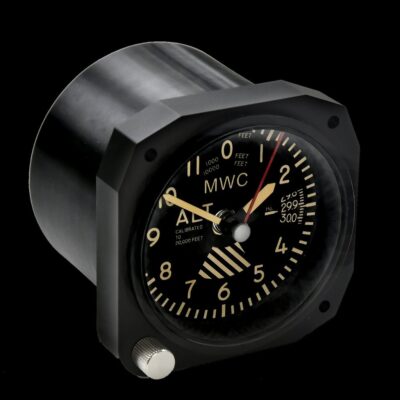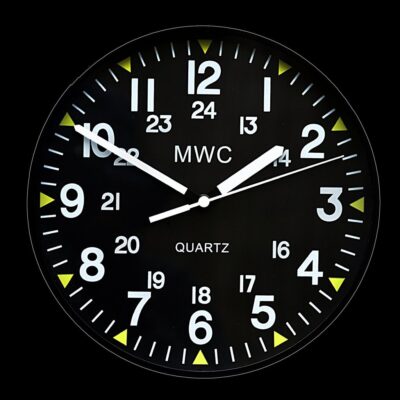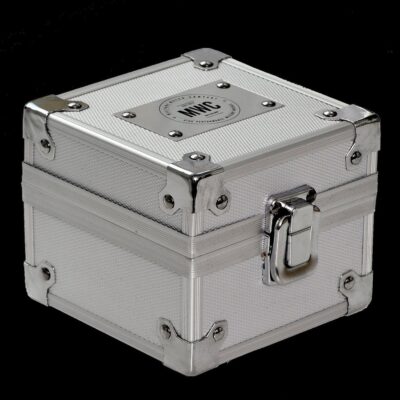News
Ukrainian Drone Regiment Destroyed in Russian Iskander Ballistic Missile Attack
The Russian Armed Forces were reported on November 7 to have launched a successful strike using an Iskander-M ballistic missile system to neutralise a Ukrainian drone regiment in the Kramatorsk-Druzhkovka direction of the disputed Donetsk region, causing major losses of personnel and equipment. The Russian Ministry of Defence published footage of the strike, observing: “After further reconnaissance of the target, the operators of the Russian reconnaissance unmanned aerial vehicle decided to launch a strike using the Iskander-M operational-tactical missile system.” Unmanned aviation has played an increasingly central role in the Russian-Ukrainian War, with Ukrainian drone attacks having struck targets deep into Russian territory in the past, most notably on June 1 when they were used to cause unprecedented damage to the country’s strategic bomber fleet. This has made drone units high priority targets for Russian strikes, at a time when Western officials have strongly encouraged Ukraine to continue such attacks.
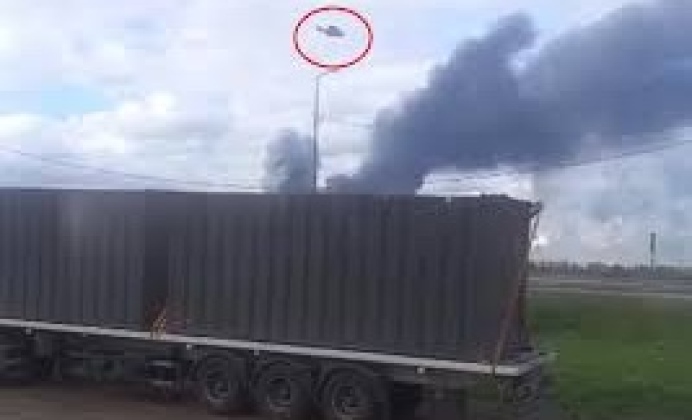
The latest strike follows confirmation in mid-October that an Iskander-M strike had struck another drone launch site in Martovoe, northeastern Ukraine, destroying up to 65 Lyuty class drones, four trucks and five launchers and causing approximately 30 Ukrainian casualties. The system had less than three weeks prior been used to destroy one of Ukraine’s small number of indigenous Neptune cruise missile launchers. Russian missile strikes have prioritised targeting not only Ukrainian drone units and missile systems, but also defence industrial facilities contributing to these programs, with the targeting of four missile facilities in mid-August causing a major setback to the Ukrainian Sapsan ballistic missile program. The Iskander-M has bene used to strike a wide range of other high priority targets, including multiple MIM-104 Patriot long range surface-to-air missile systems, as well as personnel concentrations.
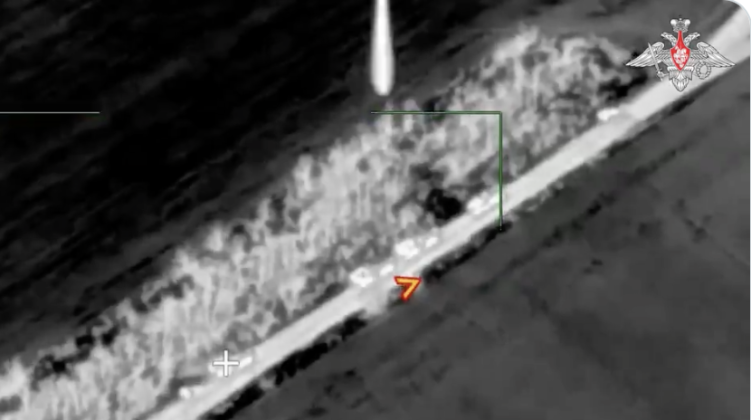
An Iskander unit is widely speculated to have been responsible for a recent strike on a Ukrainian awards ceremony, which neutralised several dozen of the country’s most elite personnel causing an irrevocable loss. The system has been used to single out high value personnel and units for targeting, with a notable example being a strike in January 2024 on predominantly French European fighters in Ukraine, causing at least 80 casualties, 60 or more of whom were killed. Russian state media reported that these personnel were “highly trained specialists who work on specific weapons systems too complex for the average Ukrainian conscripts,” which “put some of the most lethal and long-range weapons in the Ukrainian arsenal out of service until more specialists are found” to replace them. Ukrainian officers have frequently lamented the very limited ability of the country’s air defence systems, including the MIM-104 Patriot, to intercept Iskander-M strikes, with improvements to the Russian missile system having further reduced interception rates.

